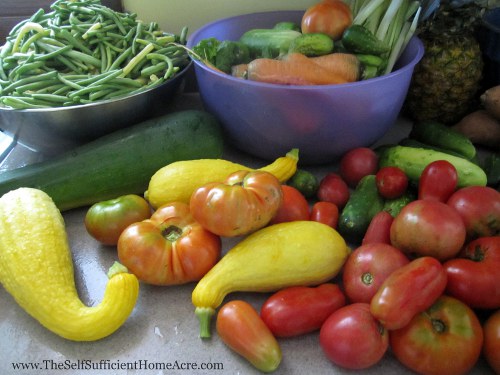
Freezing Your Own Homegrown Veggies
It isn’t difficult to freeze mixed vegetables! If you can freeze the produce from your garden, you can mix it up and preserve combinations of veggies that are harvested at the same time.
Growing your own fresh veggies for the summer table is a wonderful way to provide healthy food for your family for the season. When there is more than you can use right away, freezing, dehydrating, or canning is a great way to preserve the fruits of your labor for later. As long as you don’t go nuts on gadgets for the garden, you can save a lot of money raising your own food too.
This post contains affiliate links or advertisements. You won’t pay extra but I may earn a small commission if you purchase products through those links. Thank you for supporting The Self Sufficient HomeAcre!
I always plant extra vegetables in hopes that there will be enough to preserve for a rainy (or snowy) day. Not everything works out as planned, and some crops don’t produce enough for our needs, but there is always something ripe and ready for our table or freezer.

In an ideal world, I would have spring peas, summer corn, and fall carrots all ready to go in the freezer together at the same time. But that’s not the way the garden works! In order to copy one of my favorite frozen veggie mixes from the store, I would need to harvest and freeze these vegetables in season, then mix them together as I use them. However, sweet corn and shelled peas are very space hungry plants and I don’t have as much room for them as I’d like. Instead, I improvise and grow the crops that work well for me in my growing conditions.
As an Amazon Associate, I earn from qualifying purchases.
Mix It Up!
Most summers I have Swiss chard, green beans, summer squash, and tomatoes ready at the same time. These are the veggies I tend to freeze together for a nice mix of summer flavors. You may find that your garden yields a completely different mix of vegetables ready to preserve at the same time. Find what works in your garden and on your dinner plate. Does nobody like squash in your family? Don’t plant it!
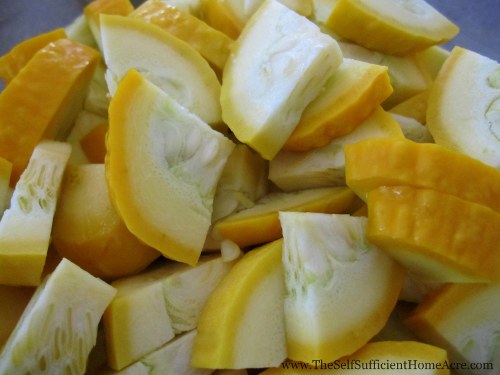
Freeze it!
Pick your vegetables at their peak and process them right away to preserve the highest nutritional content. I often blanch mine in the microwave and allow to steam for a few minutes, rather than boiling water for blanching. It keeps my kitchen cooler in the late summer heat.
Find the method that works for you and blanch veggies separately, unless they require the same processing times. You can find blanching times for vegetables on the National Center for Home Food Preservation’s chart here. Once you have your vegetables blanched and cooled, layer them in containers, label, and freeze. Voila!
Freeze Mixed Vegetables – My Favorite Combos
- Green beans, summer squash, and tomatoes
- Eggplant, sweet peppers, and tomatoes
- Tomatoes, basil, and zucchini
- Chopped onion, sweet pepper, and celery
Every year the garden offers a different selection of ripe veggies at any one time and it’s up to you to decide if they will make a good mix for your family. Sometimes it is best to freeze them separately so you can mix different combinations when you’re ready to cook.

Freezing Tips:
- Don’t freeze more vegetables in one container than your family will use in one or two meals.
- Freeze vegetables like beans, peas, and corn in shallow layers on cookie trays, then transfer, if you wish to freeze in larger bags. They will be easier to break up and remove just what you need.
- Cool foods completely before freezing to prevent ice crystals.
- Grow and preserve vegetables that your family will eat!
- Process smaller amounts of vegetables as they ripen, freeze, then add more as they are ready. This is great for those with small gardens that don’t produce large harvests all at once.
- Grow and freeze a variety of different vegetables that you like. You may love zucchini, but you’ll want other choices. Have some veggies in mixes and some plain to offer more choices.
- Use a vacuum sealer for drier veggies like beans and peas. Tomatoes contain too much moisture, which can get sucked into the motor of your vacuum sealer and ruin it.
- Use BPA free containers whenever possible.
Use it Up!
- Don’t just gaze admiringly at your handiwork when you open the freezer. Use those veggies up!
- Use in soups, stews, pasta sauces, and stir-fries.
- Use the oldest veggies up before starting on newer packages.
- Be sure to start cleaning up the end of your frozen veggies as the new season approaches.
- Supplement with veggies from the supermarket or a cold frame so you don’t get so sick of beans that you never want to plant them again. 🙂
What is your favorite frozen veggie mix? Do you have any tips for the best results when freezing vegetables?
As an Amazon Associate, I earn from qualifying purchases.

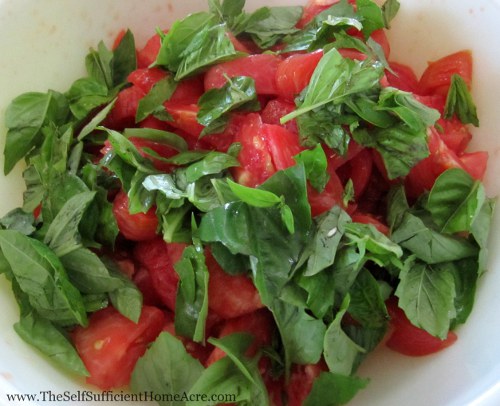
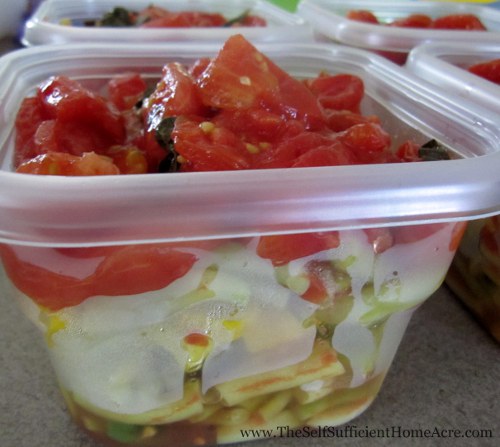
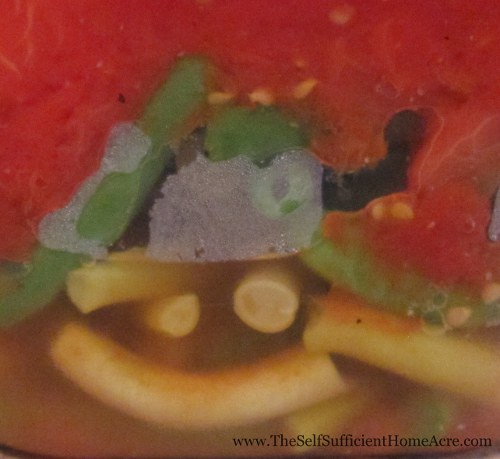

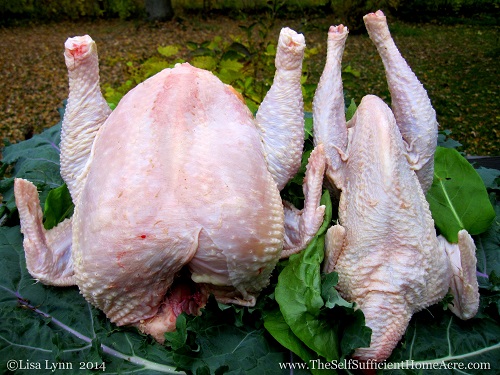
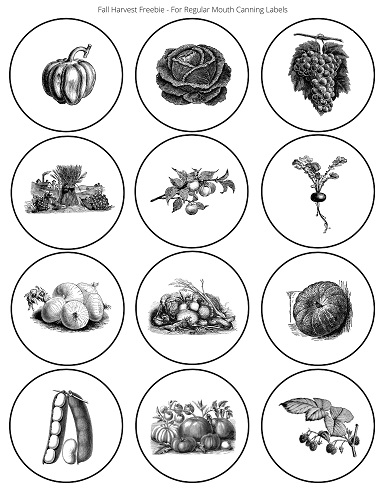
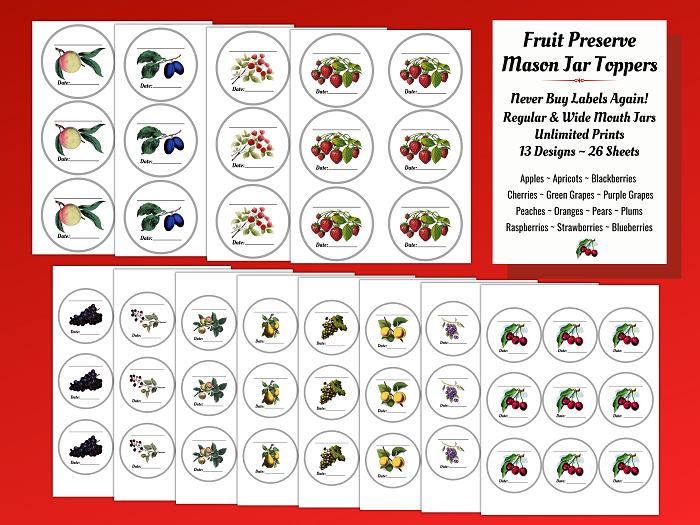


I like the frozen California medley mix. Cauliflower, broccoli and carrots. How can I freeze them together then take out what I will use for 1 serving. Do I cook the vegetables first them freeze them?
Hi Shirley,
You would want to blanch each vegetable separately for the proper time for each. Blanch 1″ cauliflower florets for 3 minutes, 1″ broccoli florets for 2 minutes, and baby carrots for 5 minutes or sliced carrots for 2 minutes. Blanch them in boiling water and start timing when the water returns to a boil after adding the veggies. Remove blanched veggies with a slotted spoon, drain, and then arrange them on a cookie sheet. Place them in the freezer until frozen solid, then put your mixture of veggies in a freezer container or bag. Freeze for up to 1 year. Freezing them on the cookie sheet makes it easy to pull out just what you want from the bag for dinner. If you don’t have room for a cookie sheet in your freezer, you can also pack your cooled veggies in a freezer safe container that holds about the amount you need for one meal, then lable and place them in the freeze. I hope this helps!
This was very helpful. I was wondering how much of each vegetable was used in your mix.
I’m glad it was helpful, Kathy! It all kind of depends on the harvest. But usually, I aim for about 1 part green beans and 1 part zucchini or yellow squash to 2 parts tomatoes. Then I add onion, herbs, and garlic to taste. You could replace the beans with Swiss chard or replace the squash with corn, if you have those on hand.
This post was helpful as my garden has been staggering vegetables. My tomato crop this year has only given us a few. But, I have several zucchini and needed something different besides zucchini bread. Thanks for the tips on freezing vegetables together , when and how to use them.
Hi Michelle… I have this problem every year! In fact, one of my tasks for today is to freeze a batch of tomatoes, zucchini, green beans, onions, and basil for topping pasta this winter. It will taste so good! Thanks for stopping by!
Thank you for those tips! Right now we have GOBS of tomatoes! -Marci @ Stone Cottage Adventures
Thank you for sharing at Tuesdays with a Twist! ‘Can’t wait to see what everyone links tomorrow!
Good for you, Marci!
This is great. I need to get some freezer containers and try this with my zucchini.
Hi Jenny,
I like using the zuke and tomato mix for pasta…I’m sure you’ll enjoy it too! Thanks for stopping by!
I cook my tomatoes with whatever is coming in at the same time to create pasta, soup and chili basics. I do not ever remove tomato skins because they cook down wonderfully. It’s a great way to use up zukes, garlic, parsley, onions, basil and all types of peppers. I then put in quart ziplocks, labeled, and these are much better tasting than canned stewed products. The only seasoning I use is salt and pepper so all I need to do is my final seasoning for the dish I’m prepping.
Sounds super yummy, Bonnie! I have tried tomatoes with and without the skin. If I leave the skin on, I usually put them through the blender to chop them up finely (after cooking down and cooling). Thanks for sharing!
Hi there! This summer I started freezing my tomatoes either whole or cut in pieces, especially after cutting out a bad spot or two. Then, when I get enough, I thaw and put them through a food mill. The skins and seeds are left behind. I use the liquid for soup or add to a good quality canned crushed tomato such as San Marzano, to make spaghetti sauce. I also make Pesto (without the cheese) and freeze. Add the cheese after it thaws and you have a super fresh tasting Pesto. Blanching the basil leaves before making it also helps to keep a nice bright green color.
Great ideas, Laurie!
Wonderfully put, and exactly what we do. Small amounts, large amounts. I also like the fact that when you do small amounts you are not standing in a hot kitchen for hours or days at a time. I remember doing that with my mom, weeks of canning because everything came at once. I’m not complaining as we always had awesome home-grown food around, but it’s nice not to do that every summer 🙂
Hi Cathy,
Thanks for stopping by and leaving a comment 🙂 Yes, I remember the days of canning for hours and hours…actually, I still do that sometimes. But I am not canning nearly as much this year as usual! And I really like microwaving and then allowing to steam instead of boiling a pot of water and standing over it 🙂
I find it a lot easier to do small amounts as they ripen, too. Of course, tomatoes always wind up giving a whole lot at one time and I do freeze them whole and deal with them in the cool fall temps.
Hi Maureen,
🙂 My tomatoes aren’t coming in very fast this year, due to the cool temps for much of the summer. It’s hard to remember those 70F days now, it’s in the 90s and climbing! So I’ve been doing the same thing with the tomatoes, freezing whole until I have enough to do something with them 🙂 Thanks for visiting!
I had never thought to blanch veggies in the microwave! It would make a HUGE difference in the kitchen temperature, wouldn’t it. Thanks for the tip. I hopped over from the backyard farming connection.
Hi Natalie,
Be sure to allow them a few minutes to steam with a lid on after microwaving, this will destroy the enzymes that cause deterioration in the frozen veggies. Thanks for stopping by!